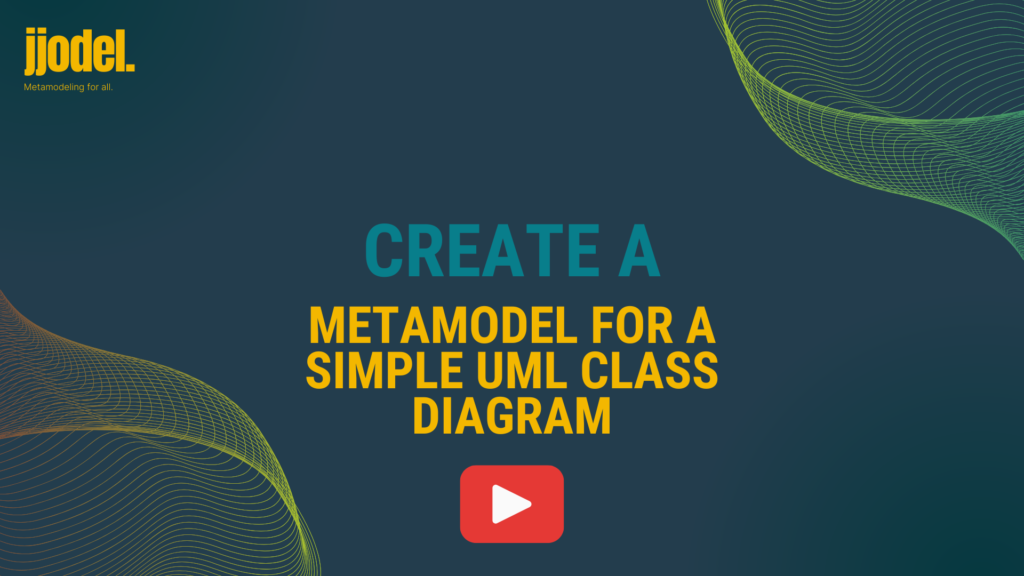Comparing LSP/GLSP and Jjodel
While LSP/GLSP focuses on providing IDE-level features for textual and graphical languages with a clear separation of concerns between server and front end, Jjodel offers a holistic, unified approach to language design and modeling. Jjodel’s cloud-based platform, reactive architecture, and native support for collaboration make it highly accessible and user-friendly, particularly in academic and team-based environments.
For advanced IDE integration and highly customized workflows, LSP/GLSP may be advantageous. However, for rapid development of domain-specific languages and iterative refinement, Jjodel stands out as the more modern and accessible solution.
Below a more detailed comparison is provided.
Architectural Approach
| Aspect | LSP/GLSP | Jjodel |
|---|---|---|
| Core Phylosophy | Separation of concerns: the frontend is purely a renderer, while the server handles semantics and logic. | Unified environment with integrated architecture, combining metamodels, syntax, and validation. |
| Communication | JSON-RPC-based communication between server and frontend. | Direct reactivity within the cloud platform, eliminating the need for explicit server/frontend separation. |
| Deployment | Requires an LSP/GLSP server implementation and configuration for every new language. | No external deployment is needed. Runs entirely in the cloud with zero-setup. |
Support for Textual and Graphical Languages
| Aspect | LSP/GLSP | Jjodel |
|---|---|---|
Textual Languages | LSP excels in textual language support by handling syntax, validation, and IDE features like autocompletion. | Textual viewpoint provides robust syntax definition, including projectional editing capabilities. |
Graphical Languages | GLSP offers graphical language support, rendering diagrams in the frontend while logic resides on the server. | Jjodel integrates graphical syntax natively, allowing visual modeling with JSX templating and CSS styling. |
Reactive Features | Static communication model; changes require manual synchronization. | Fully reactive architecture ensures real-time synchronization between metamodels and models. |
Ease of Language Development
| Aspect | LSP/GLSP | Jjodel |
|---|---|---|
Language Definition | Requires manual implementation of server logic for language features (e.g., validation, syntax, autocompletion). | Language design is simplified through declarative metamodeling and viewpoint-driven configuration. |
Learning Curve | Steeper, as it involves understanding JSON-RPC, server implementation, and frontend configuration. | Gentle learning curve with an intuitive interface for both beginners and experienced modelers. |
DSL Focus | LSP/GLSP can support domain-specific languages (DSLs) but often requires external tools like Xtext or Langium. | Built-in DSL creation support, with seamless definition of metamodels and viewpoints. |
Collaboration and Deployment
| Aspect | LSP/GLSP | Jjodel |
|---|---|---|
Collaboration | Collaboration is not inherently supported and relies on additional tooling. | Real-time collaboration is natively supported, enabling teams to work together seamlessly. |
Deployment Flexibility | Monaco-based LSP editors can run in a browser for textual languages; GLSP adds graphical language support. | Fully browser-based cloud platform with no deployment required, offering maximum accessibility. |
Use Cases
| Aspect | LSP/GLSP | Jjodel |
|---|---|---|
|
Target Audience |
Developers and IDE integrators focusing on advanced IDE features for specific textual or graphical languages. |
Modelers, educators, and teams designing domain-specific modeling languages (DSMLs). |
|
Educational Use |
Rarely used in educational settings due to complexity. |
Highly suitable for teaching MDE concepts, offering intuitive tools for language design. |

Create a Metamodel for a Simple UML Class Diagram
This video provides a step-by-step guide to creating a simple UML class diagram metamodel. Viewers will learn how to define core elements such as classes, attributes, and relationships, building a foundational structure for UML modeling. With clear explanations and hands-on examples, the tutorial simplifies metamodeling concepts, making it accessible for both beginners and those looking to reinforce their skills

